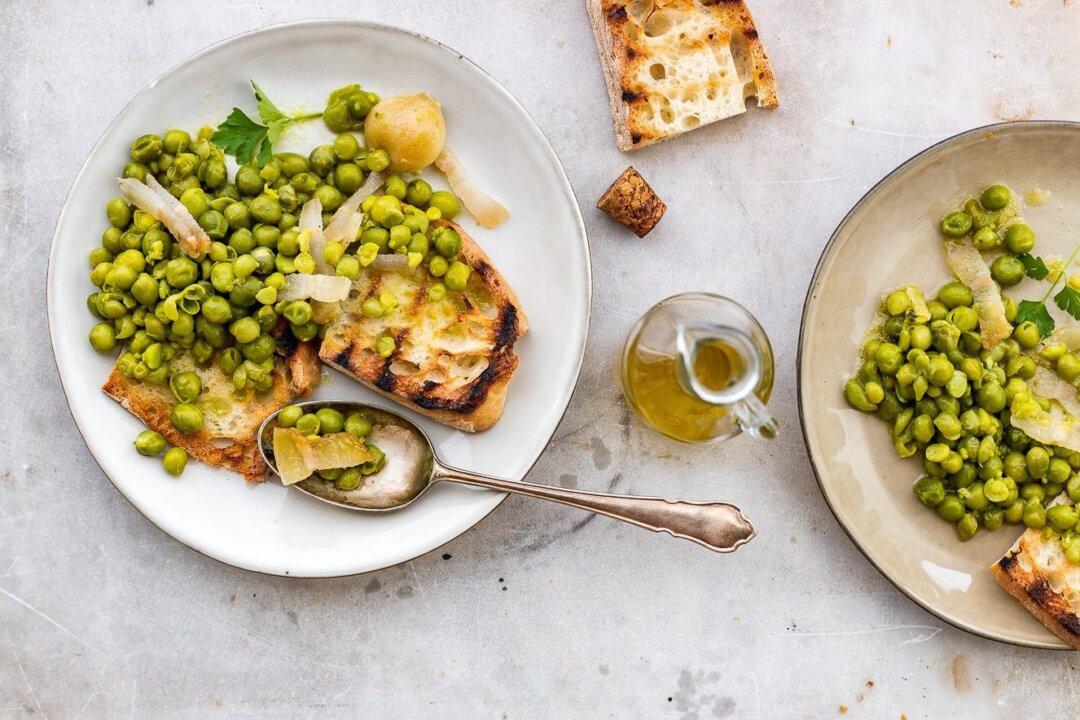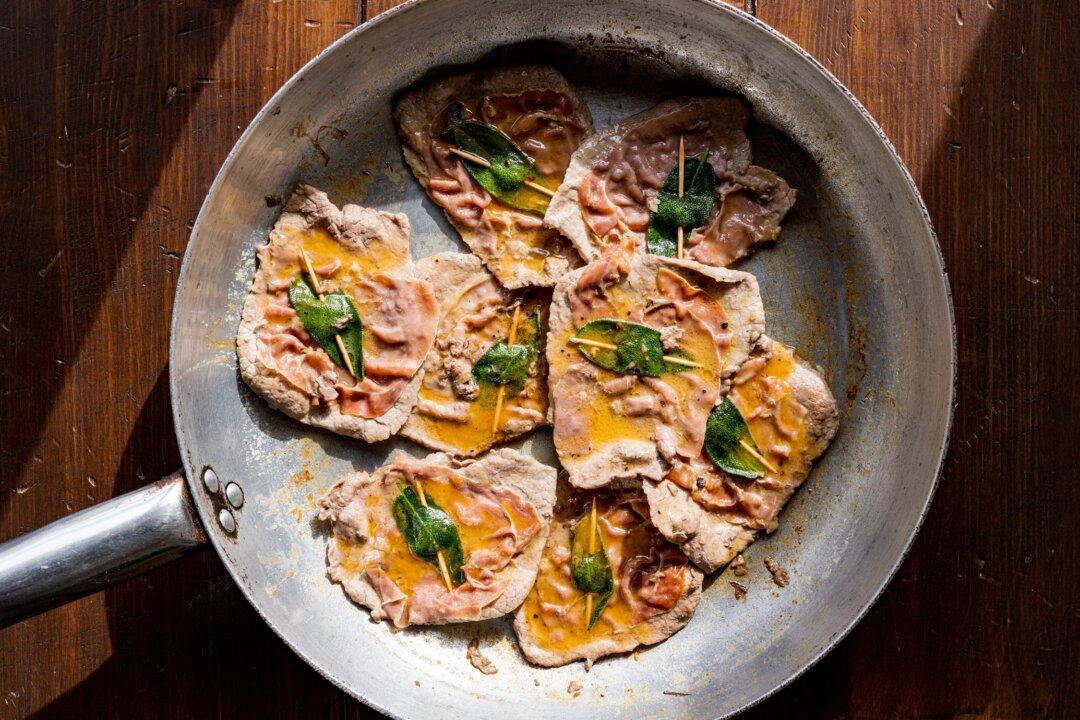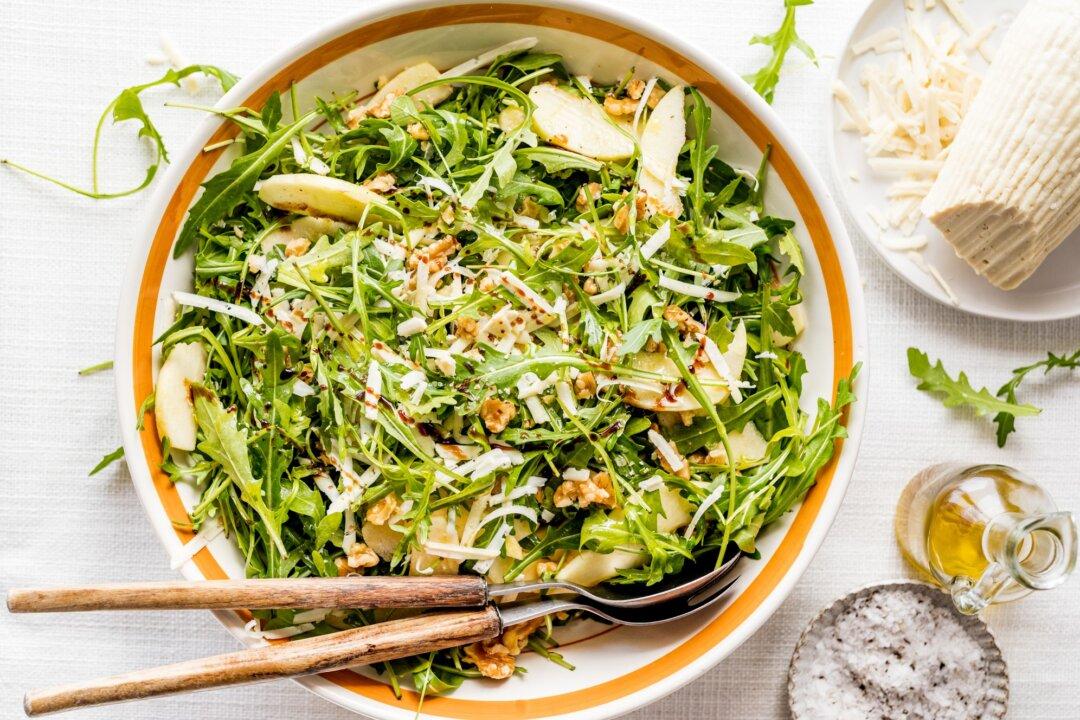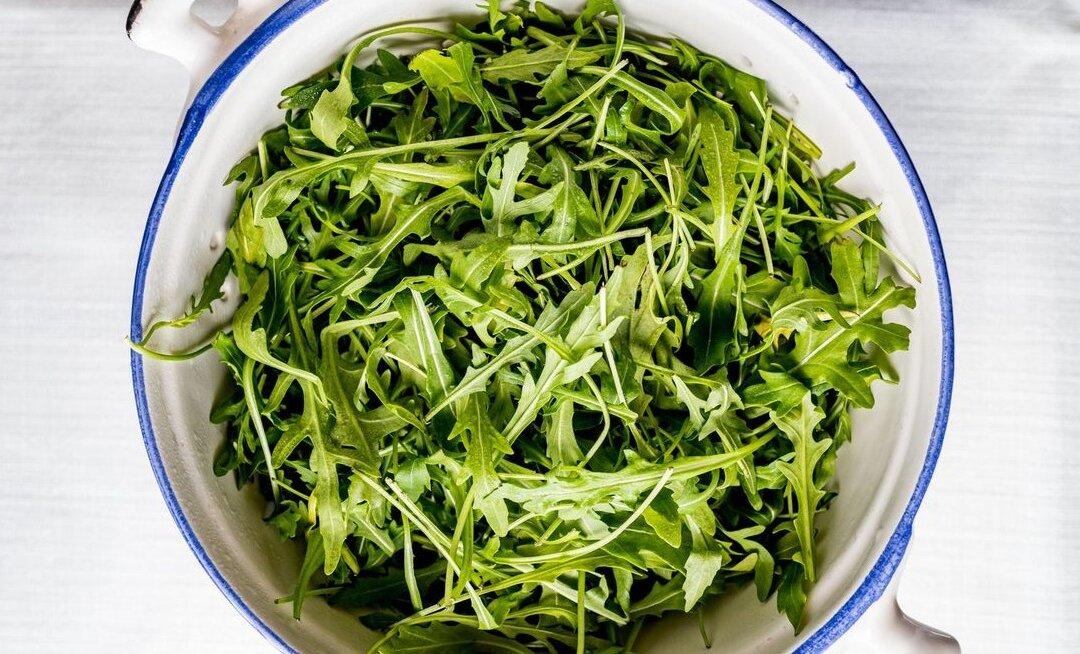After the winter darkness, the frosty mornings and the nights spent wrapped in a blanket with a bowl of hot soup in my hands, the rich comfort food and the cold season brassica and squashes that kept us company since autumn—when spring comes, I crave green in the kitchen.
Green is a state of mind. It represents a deeper connection with nature, lighter seasonal meals, and an abundance of spring vegetables, from artichokes to asparagus, from fava beans to fresh peas and agretti, my favorites. You notice the change in the market, in vegetable gardens, and in your cooking habits.





